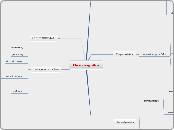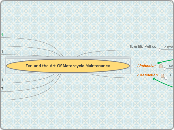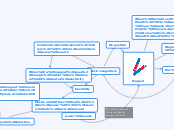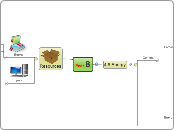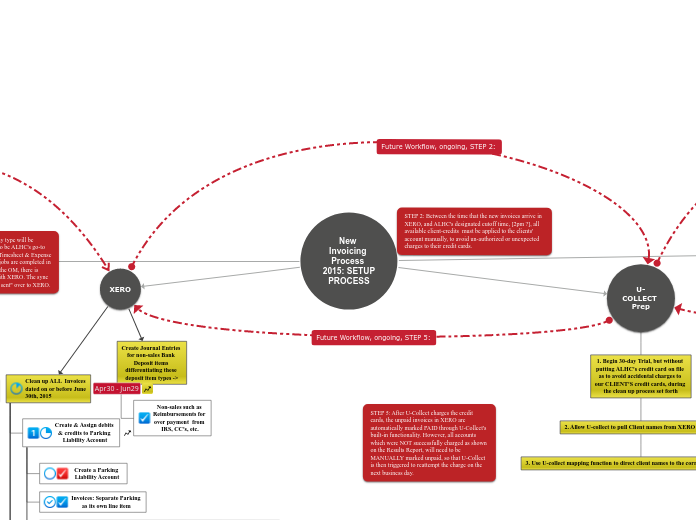Electromagnetism
concepts yet to include
...and more!
magnetic materials
diamagnetism
paramagnetism
ferromagnetism
dielectric constant
permittivity
susceptibility
Electrodynamics
as history progresses, understanding grows...
and electricity and magnetism are united by:
Maxwell's Equations
Maxwell's equations link together the concepts of electric field E, magnetic field B, electric charge density ρ, and electric current I.
induced fields
Ampère's Law
Ampère's Circuital Law
(with Maxwell's correction)
Faraday's Law of induction
moving charges
acccelerating charges
Lorentz Force equation
radiation
Any electric charge which accelerates, or any changing magnetic field, produces electromagnetic radiation.
electromagnetic waves
This is a BIG topic... there is a lot that needs to be expanded upon here.
electric current (I)
UNITS: amperes (A)
electronic networks/circuits
Ohm's Law
Ohm's Law
V = IR
V is electric potential,
I is electric current,
R is electrical resistance.
resistance (R)
resistivity
ρ = static resistivity, aka specific electrical resistance
UNITS: ohm metres, Ωm
ρ = R * A / L
A is cross-sectional area (in m²)
L is length of specimen (in m)
and R is resistance of specimen (in Ω)
ρ = E / J
E is the magnitude of the electric field (in V/m)
J is the current density (in A/m²)
current density (J)
UNITS: A/m^2
Magnetostatics
constant magnetic fields
magnetic field (B)
UNITS: tesla (T)
also referred to as:
- magnetic flux density
- magnetic field density
- magnetic induction
Biot-Savart Law
"The Biot-Savart law is as fundamental to electromagnetism as
magnetic flux (phi)
magnetic dipole
change in magnetic potential energy
torque
no magnetic monopoles
Electrostatics
constant electric fields
electric charge density (/rho)
Coulomb's Law - continuous case
Gauss' Law
electric dipole
electric dipole moment (qd)
electric charge (q)
UNITS: Coulombs (C)
Coulomb's Law - discrete case
The direction of the force on charge 1 due to charge 2 is along the unit vector r21.
If the charges have the same sign, then q1q2 is positive and thus the force on 1 is positive (repelling it).
If the charges have opposite signs, then q1q2 is negative and thus the force on 1 is negative (attracting it).
electric field
UNITS: N/C or V/m
also seen it called "electric flux density"
electrical potential energy (U)
electric potential (V)
ABOUT THIS MAP
This mind map is a work in progress. Its purpose is to cover all of the undergraduate university level studies in electromagnetism, with only brief references to optics and solid state physics.
Any comments, thoughts, or questions regarding this map may be directed to:
crystal "dot" 37 "at" gmail "dot" com.
